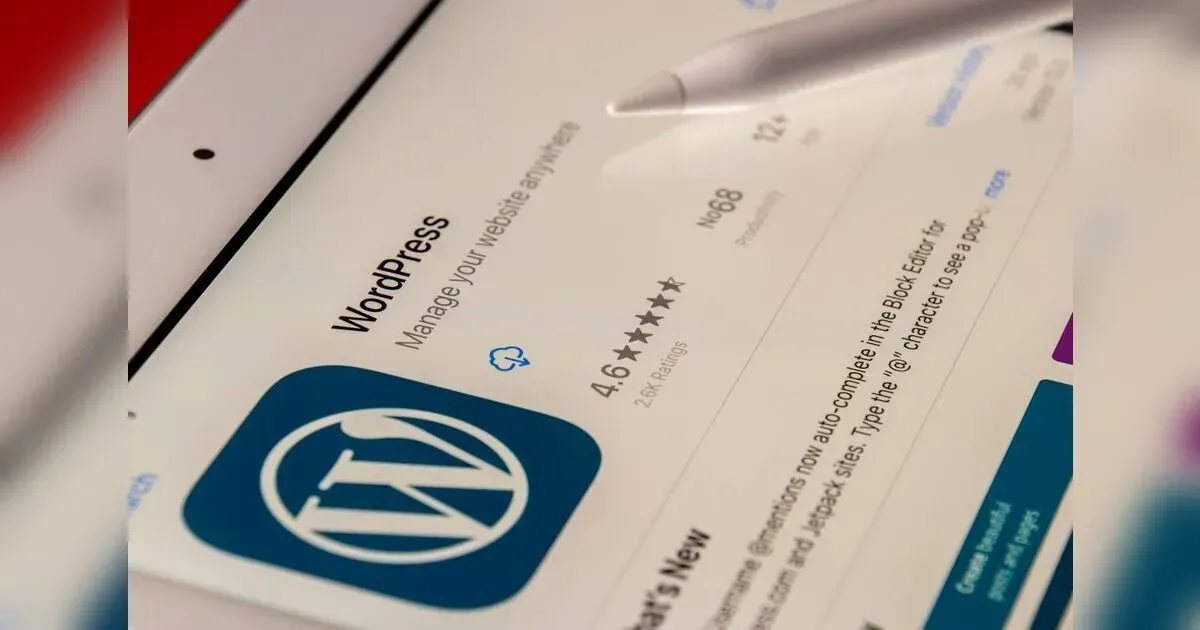Rabbit manure is a nutrient-rich and organic fertilizer that can be beneficial for your garden. It contains essential elements like nitrogen, phosphorus, and potassium, which are vital for plant growth.
Rabbit Manure: A Valuable Resource
Rabbit manure is a nutrient-rich byproduct that can be used in various ways, including:
1. Fertilizer:
Nutrient Content: Rabbit manure is high in nitrogen, phosphorus, and potassium, making it an excellent natural fertilizer for plants.
Soil Amendment: It can improve soil structure, increase water retention, and enhance microbial activity.
Composting: Rabbit manure can be added to compost piles to accelerate decomposition and create a nutrient-rich compost.
2. Pet Litter:
Absorbent: Rabbit manure is absorbent and can be used as a litter for small pets like guinea pigs, hamsters, and gerbils.
Nutrient-Rich: It can provide additional nutrients for these animals.
3. Gardening:
Top Dressing: Apply rabbit manure as a top dressing for garden beds to provide a boost of nutrients.
Soil Amendment: Mix rabbit manure into the soil to improve fertility and structure.
4. Worm Composting:
Food Source: Rabbit manure can be used as a food source for worms in vermicomposting systems.
Nutrient-Rich Castings: Worm castings produced from rabbit manure are a highly valuable fertilizer.
5. Aquaculture:
Fish Food: Rabbit manure can be processed and used as a nutrient-rich food source for fish in aquaculture systems.
Important Considerations:
Fresh vs. Aged: Fresh rabbit manure may contain harmful bacteria and parasites. It is generally recommended to compost it for at least three months before using it as a fertilizer.
By properly handling and using rabbit manure, you can harness its benefits as a valuable resource for your garden.
Rabbit Droppings as a Compost Ingredient
Rabbit droppings are an excellent addition to compost piles due to their high nutrient content. They provide a rich source of nitrogen, phosphorus, and potassium, which are essential for plant growth.
Here's how to use rabbit droppings in your compost:
• Direct Addition: Add rabbit droppings directly to your compost pile.
• Mixing: Mix the droppings with other organic materials like leaves, grass clippings, and food scraps.
• Layer: Layer the rabbit droppings with other materials to create a balanced carbon-to-nitrogen ratio.
Benefits of Using Rabbit Droppings in Compost:
• Nutrient-Rich: Adds essential nutrients to the compost.
• Accelerates Decomposition: Helps to speed up the composting process.
• Improved Soil Structure: Creates a nutrient-rich compost that can improve soil structure and fertility.
By using rabbit droppings in your compost, you can create a nutrient-rich and sustainable fertilizer for your garden while reducing waste.
Here's how to use rabbit manure as a fertilizer:
1. Composting: Composting rabbit manure with other organic materials like leaves, grass clippings, and kitchen scraps can create a nutrient-rich compost that can be used to fertilize your garden.
2. Direct Application: If you prefer to use the manure directly, ensure it’s well-rotted to reduce the risk of burning plants. Dilute it with water before applying it to your garden.
3. Top Dressing: Apply a thin layer of rabbit manure as a top dressing around your plants.
4. Mixing into Soil: Incorporate rabbit manure into the soil before planting to improve its fertility and structure.
Benefits of Using Rabbit Manure as a Fertilizer:
• Nutrient-Rich: Provides essential nutrients for plant growth.
• Organic: A natural and sustainable fertilizer.
• Improves Soil Health: Can improve soil structure and water retention.
• Reduces Chemical Fertilizer Use: Can help reduce reliance on synthetic fertilizers.
Important Considerations:
1. Fresh vs. Aged: Fresh rabbit manure may contain harmful bacteria and parasites. It’s generally recommended to compost it for at least three months before using it as a fertilizer.
2. Dilution: If using fresh rabbit manure, dilute it with water to reduce the risk of burning plants.
Collecting Rabbit Droppings
Rabbit droppings, also known as pellets, can be a valuable resource for gardening and composting. Here are some methods for collecting them:
1.Direct Collection:
Dedicated Area: Designate a specific area within your rabbit’s enclosure for them to defecate.
Cleaning: Regularly clean up the droppings and store them in a designated container.
2.Litter Pan:
Placement: Place a small, shallow pan or litter box within the rabbit’s enclosure.
Cleaning: Empty the pan regularly to collect the droppings.
3.Composting:
Direct Addition: If you have a compost pile, you can directly add rabbit droppings to it.
Mixing: Mix the droppings with other organic materials like leaves, grass clippings, and food scraps.
Tips for Collecting Rabbit Droppings:
• Hygiene: Wear gloves and avoid direct contact with the droppings to prevent the spread of bacteria or parasites.
• Storage: Store collected droppings in a sealed container in a cool, dry place.
• Composting: If composting the droppings, ensure they are mixed with enough carbon-rich materials to maintain a balanced carbon-to-nitrogen ratio.
By collecting and properly using rabbit droppings, you can reduce waste and create a valuable resource for your garden or compost pile.


.jpg?locale=en)























